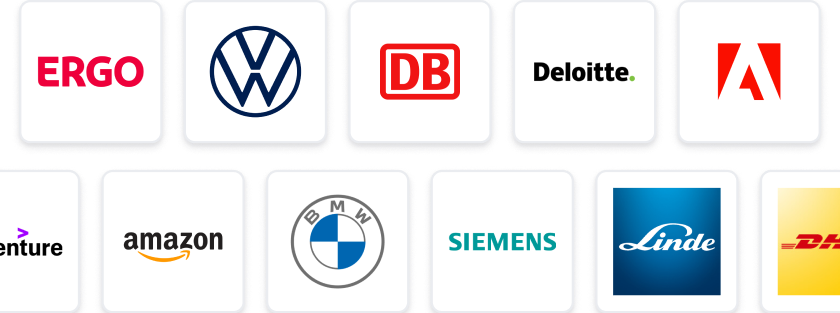At a Glance
- Tasks: Lead engineering projects, manage teams, and ensure design compliance for heat networks.
- Company: Join a leading developer in the UK's heat network sector, driving sustainable energy solutions.
- Benefits: Enjoy remote work flexibility, competitive salary, and opportunities for professional growth.
- Why this job: Be part of impactful projects that enhance system performance and contribute to sustainability.
- Qualifications: Degree in engineering and experience with heat/cooling networks required.
- Other info: Ideal for those passionate about innovative engineering and making a difference.
The predicted salary is between 48000 - 72000 £ per year.
Engineering Manager required for a major Heat network developer based in the United Kingdom.
Key responsibilities:
- Work closely with the project manager and the delivery and operations teams.
- Manage external consultants who are delivering designs for the project.
- Ensure all deliverables are received in line with the agreed scope of works and verify compliance with project technical specifications.
- Ensure engineering designs are delivered in alignment with system performance and business objectives.
- Identify and deliver design improvement opportunities to enhance system performance and profitability.
- Witness site installation, testing and commissioning procedures.
- Manage all engineering procedures required to facilitate project handover.
- Manage client stakeholders including master and plot developers and their contractors.
- Responsible for managing safety in design through implementing a robust design risk management process.
- Responsible for implementation of quality assurance, control and change procedures for engineering designs throughout the delivery of the project.
Qualifications:
- Degree in a relevant engineering discipline.
- Experience in the design development and/or detailed design delivery of heat and/or cooling networks.
- Evidence of delivering design for performance in district heating and/or cooling or process plant projects.
- Experience leading technical workstream on projects including managing supply chain, providing project reports, and managing client relationships.
- Installation, operational and/or maintenance experience in the context of mechanical systems, especially district heating and cooling networks.
- Experience procuring and managing contractors and external designers.
- Evident experience being involved in commissioning and handover review of projects.
- Experience with heat pump technology.
Engineering Manager / Scrum Manager, Home Based employer: Taylor Hopkinson | Powered by Brunel
Contact Detail:
Taylor Hopkinson | Powered by Brunel Recruiting Team
StudySmarter Expert Advice 🤫
We think this is how you could land Engineering Manager / Scrum Manager, Home Based
✨Tip Number 1
Network with professionals in the heat network and engineering sectors. Attend industry events, webinars, or local meetups to connect with potential colleagues or employers. This can help you gain insights into the company culture and possibly get a referral.
✨Tip Number 2
Familiarise yourself with the latest trends and technologies in heat and cooling networks, especially heat pump technology. Being knowledgeable about current advancements will not only boost your confidence but also impress interviewers with your commitment to the field.
✨Tip Number 3
Prepare to discuss specific projects where you've successfully managed engineering designs or led technical workstreams. Use the STAR method (Situation, Task, Action, Result) to articulate your experiences clearly and effectively during interviews.
✨Tip Number 4
Research StudySmarter's values and mission. Tailor your conversations and questions during interviews to reflect how your experience aligns with our goals. This shows genuine interest and helps you stand out as a candidate who fits well with our team.
We think you need these skills to ace Engineering Manager / Scrum Manager, Home Based
Some tips for your application 🫡
Tailor Your CV: Make sure your CV highlights relevant experience in engineering management, particularly in heat and cooling networks. Use specific examples that demonstrate your ability to manage projects, lead teams, and ensure compliance with technical specifications.
Craft a Compelling Cover Letter: Write a cover letter that connects your background to the key responsibilities of the role. Emphasise your experience with design development, project management, and stakeholder engagement, and explain why you are passionate about this position.
Showcase Relevant Skills: In your application, clearly outline your skills related to safety in design, quality assurance, and risk management. Mention any specific tools or methodologies you have used in previous roles that align with the job requirements.
Proofread Your Application: Before submitting, carefully proofread your application for any spelling or grammatical errors. A polished application reflects your attention to detail, which is crucial for an Engineering Manager role.
How to prepare for a job interview at Taylor Hopkinson | Powered by Brunel
✨Understand the Technical Requirements
Make sure you have a solid grasp of the technical aspects related to heat and cooling networks. Brush up on your knowledge of engineering designs, performance metrics, and compliance standards that are relevant to the role.
✨Showcase Your Leadership Skills
As an Engineering Manager, you'll need to demonstrate your ability to lead teams effectively. Prepare examples from your past experiences where you've successfully managed projects, led technical workstreams, or improved team performance.
✨Prepare for Stakeholder Management Questions
Expect questions about how you manage client relationships and collaborate with external consultants. Think of specific instances where you've navigated complex stakeholder dynamics and how you ensured project success.
✨Highlight Your Safety and Quality Assurance Experience
Given the emphasis on safety in design and quality control, be ready to discuss your experience with risk management processes and how you've implemented quality assurance measures in previous projects.
